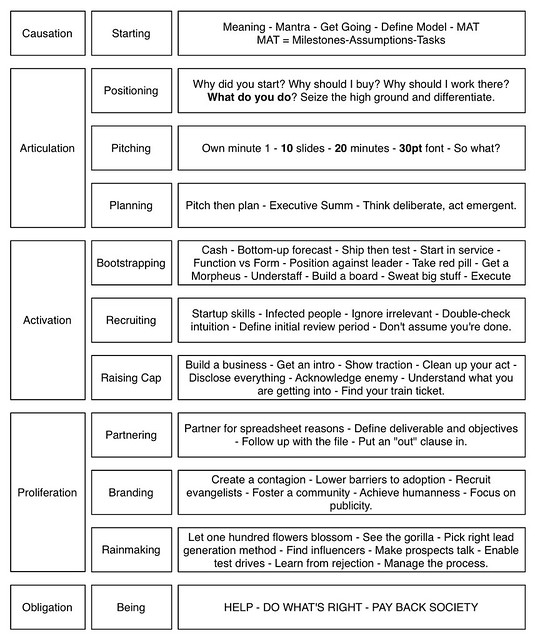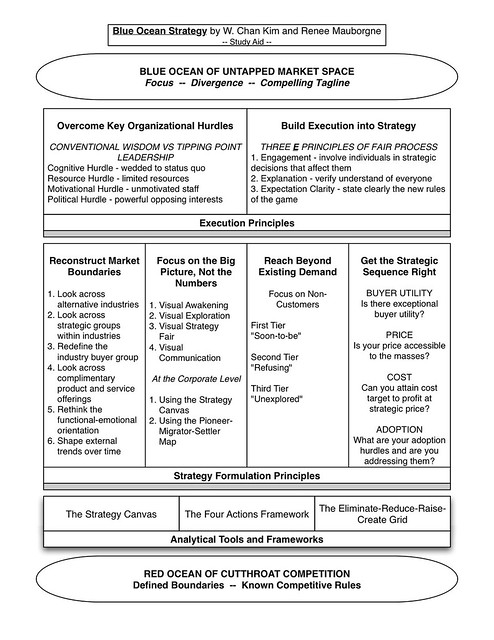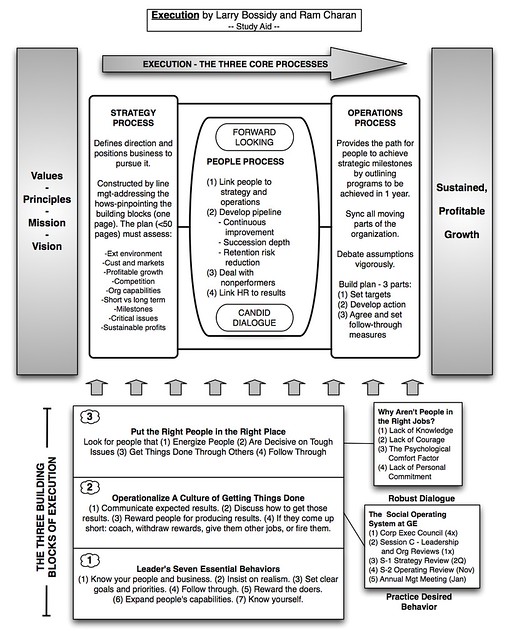Early on, the authors state the purpose of this book:
We wrote this book to help you make your ideas stick. By “stick,” we mean that your ideas are understood and remembered, and have a lasting impact – they change your audiences opinions or behavior.
This is important for me. The description on the jacket of “why some ideas survive and other die” grabbed me. I need and want to get better at getting my “ideas to stick.” It seems like I should have always had this desire, but I didn’t.
Now, I need to get better at it because I have my own business and I need to sell my ideas to potential clients. Now, I want to get better at it because I have ideas about books, golf, and food that I think could make all of these things more enjoyable to people. These are recent realizations. But that doesn’t explain my complete lack of care about improving my ability to get my ideas across to humanity up until this point in my life.
I’m not going to dwell on it. Now I care, let’s press on.
Chip and Dan Heath have crafted an informative and very readable business book on this subject. So informative and readable, that I will re-read it, tab and bookmark it, then add it to the “reference” section of my book shelf to be referred to regularly. Outside of the fact that material is timely and important to me, I liked it for a variety of structural reasons.
- It’s packed with examples, stories, and illustrative anecdotes. I mean packed. I can’t recall another business book that I’ve read recently that is so loaded up with real-world examples. They are incorporated into the material and set off in stickiness “clinics.” These stories are the backbone of this book and for me, it’s an effective way to convey the material.
- They have a simple mnemonic that describes their theory on stickiness (SUCCESs), and they confirm, reconfirm, and expand on it throughout the book. They set up the structure in chapter one for applying their theories then analyze each illustration throughout the book relative to this structure. Also, highly effective for me
- Tonally, this book reads like people talk. Even though the Heaths appear to be academics, there isn’t any academic-speak in this book. In fact, it’s highly approachable. They tell stories as if in wonderment at how cool the stories are. The make humorous comments and put offbeat thoughts in parentheses within a sentence. It’s an easy read.
This simple mnemonic that I spoke of is SUCCESs.
- Simple
- Unexpected
- Concrete
- Credible
- Emotional
- Stories
Sticky ideas have at least a few of these traits. They describe each in detail in its own, action-packed chapter.
They also refer throughout the book to what they call the Curse of Knowledge.
Once we know something, we find it hard to imagine what it was like not to know it. Our knowledge has “cursed” us. And it becomes difficult to share our knowledge with others, because we can’t readily re-create our listeners’ state of mind.
They use this in their descriptive framework throughout and it clarifies certain things for me. Like why I zone out when someone is explaining a specialized or technical topic to me. Or why my ideas about golf click immediately with others that love golf but are met with blank stares by those unfamiliar with the game.
It’s straightforward, it’s informative, and it’s useful to me today.


